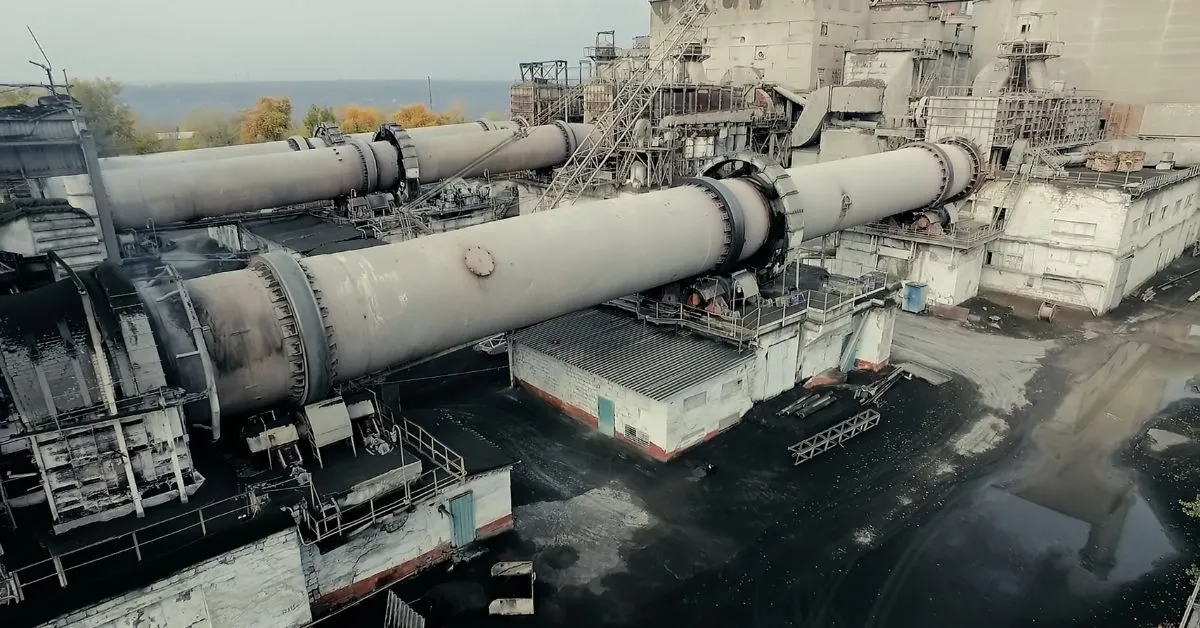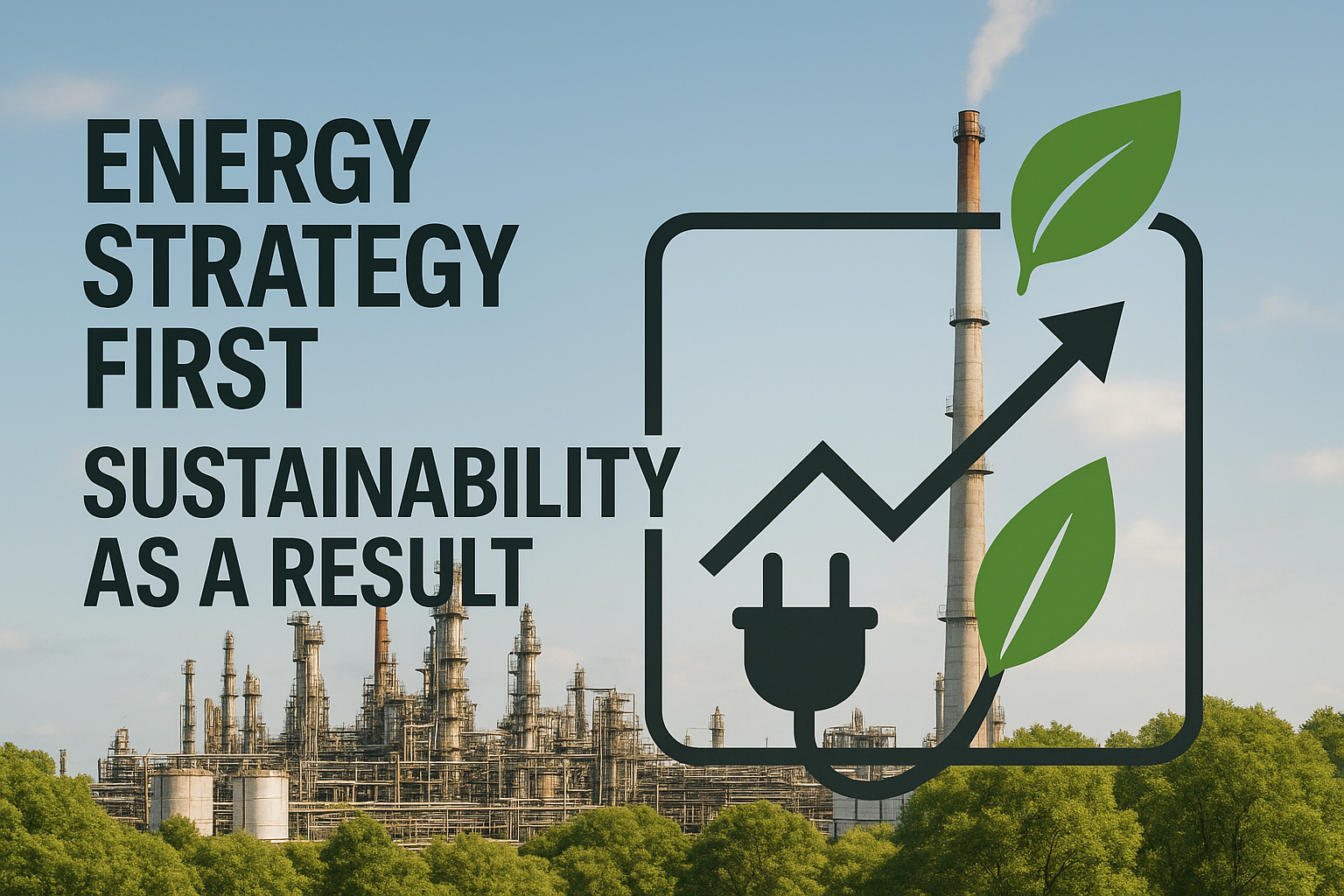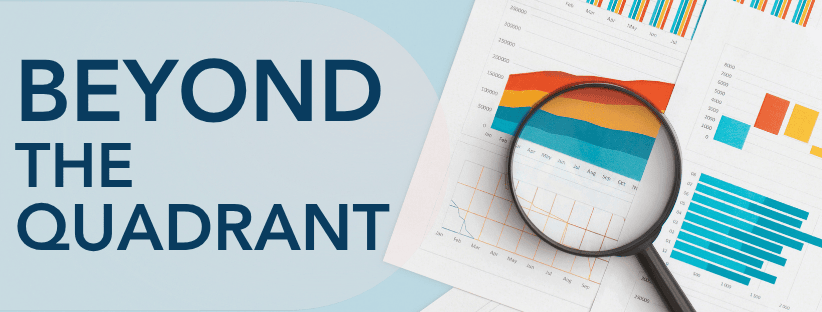Cement production faces a critical challenge: as experienced operators gradually retire, the industry risks losing valuable operational wisdom accumulated over decades. According to McKinsey, each frontline departure costs approximately $52,000 annually in recruiting, training, and productivity losses, but the cost of lost knowledge is immeasurable.
When seasoned kiln operators leave, not only does turnover accelerate as remaining staff struggle with increased workloads, but the specialized knowledge that keeps burning zones stable can vanish overnight, leaving you with higher energy bills, quality drift, and slower recovery from process upsets.
Industrial AI offers a practical way to preserve and scale human insight. By merging adaptive models with front-line expertise, you can lock in best practices and continuously refine them. The strategies that follow demonstrate how AI and people, working together, future-proof cement operations, from knowledge capture to plant-wide optimization.
The Expertise Crisis Threatening Cement Plant Performance
Operational wisdom in cement manufacturing lives in the minds of veteran operators: the ability to “read” a kiln flame, sense an off-beat vibration in the raw mill, or judge free-lime concentration by the color of clinker. This intuition doesn’t appear in standard operating procedures, yet it keeps your plant on target day after day. As experienced operators retire, every departure threatens to take decades of unwritten insight with it, leaving widening skills gaps and rising variability.
When this deep understanding disappears, conservative setpoints become the default safety net. Plants burn more fuel, accept lower throughput, and still risk product swings that push the grinding circuit to chase quality. Energy use climbs and process efficiency slips when expertise thins, eroding margins in a business already squeezed by emissions goals and volatile demand.
Traditional knowledge-capture methods document “what” happened but miss the crucial “why” behind control moves. Veteran operators respond to subtle cues—changed stack sounds, sulfur odors, kiln brick coating—that newer staff can’t detect. Fragmented plant data across siloed systems prevents a complete view of cause and effect. This expertise gap directly undermines profitability and sustainability through slower upset recovery, increased energy use, and off-spec production.
How AI Implementation Preserves and Amplifies Operational Knowledge
AI-powered adaptive models address the knowledge preservation challenge by continuously learning from operational data. Unlike traditional advanced process control (APC) with fixed models requiring retuning, these systems adapt even as raw materials change, creating a plant-specific understanding that resembles an operator who never forgets.
This intelligence develops through a closed recommendation loop where AI suggests optimal setpoints and builds confidence before sending commands to the control system. Each operator interaction becomes training data, capturing nuances that veterans previously held only in their minds.
In cement grinding applications, AI balances separator speed, mill load, and feed rate to maximize throughput while maintaining quality targets. Plants using this approach have documented production increases and more stable operations, as shown in improving cement production.
Beyond data analysis, AI captures informal expertise and optimizes energy use by adjusting fuel mix and airflow. When instruments drift or samples arrive late, the system fills gaps with learned inferentials, ensuring your plant’s collective wisdom—and sustainability performance—compounds over time.
Why Cross-Functional Teams Make AI Implementation Successful
Effective AI implementation requires cross-departmental collaboration, bringing together process engineers, operators, maintenance teams, energy managers, quality labs, and data scientists around a unified dataset. This transforms competing priorities into shared optimization goals.
Breaking down silos is crucial, as fragmented spreadsheets and routines hinder AI learning. Weekly model-review sessions keep all departments aligned while the technology evolves. Rapid prototyping accelerates buy-in; kiln optimization pilots can deliver fuel savings within weeks, building financial confidence for plant-wide implementation.
The real power emerges when collaboration scales across multiple facilities. Forward-thinking cement producers establish central monitoring centers to detect anomalies earlier and prevent downtime across all kilns. Cross-functional “translator” roles—experts fluent in both operational KPIs and technical code—help transform complex data into optimization moves operators trust.
When all stakeholders work from a single model of plant reality, debates shift from data validity to strategic improvements. This alignment accelerates decision-making, clarifies ROI, and transforms industrial AI from a side project into a core tool for safer, more efficient, and more sustainable cement production.
What Future-Proof Cement Plant Operators Need to Know
As AI becomes integral to plant operations, your role is evolving from manually adjusting dampers and feed rates to supervising an AI layer that optimizes kilns, mills, and fuel mixes in real time. Instead of chasing alarms, you can validate recommendations, step in when model confidence drops, and focus on bigger-picture constraints like energy intensity and emissions.
To thrive in this environment, you’ll need new competencies. Reading model confidence bands, interpreting AI-generated setpoints, and tracking sustainability KPIs become routine tasks. As future-proof operators demonstrate, this data fluency turns decades of experience into on-screen insights you can interrogate and refine.
Implementation begins in advisory mode, where AI recommends actions while operators maintain control. Plant-specific simulators enable risk-free testing of edge cases, building confidence before full automation. This dual approach benefits everyone: organizations preserve veteran knowledge in adaptive models while operators advance to higher-value roles in troubleshooting and sustainability.
The resulting feedback loop—strengthened by connected-worker tools and the digital fluency of younger staff—continuously improves AI performance while accelerating onboarding and creating a powerful blend of technological innovation and human expertise.
Turning Individual Expertise Into Organizational Knowledge
The transformation from individual know-how to institutional intelligence happens through AI systems that learn from processing data and the decisions veteran operators make in real time. Every kiln adjustment, grinder tweak, and shift handover comment holds hard-won insight that conversation-capture tools can transcribe and contextualize. Subtle cues become searchable knowledge for the next person at the console.
Once captured, that intelligence gets distilled through generative AI into concise guidance, FAQs, and decision trees. The system mirrors expert moves under changing feed chemistry, then surfaces recommended setpoints alongside confidence levels operators can review before accepting. Subject-matter experts sign off on new logic, operators flag questionable suggestions, and the model continuously validates itself against sample results to maintain trust.
The impact shows immediately: new operators develop skills faster, quality variations shrink, and production stays resilient even as veteran staff retire. Connected worker platforms capture on-the-job fixes and push them back into the model, creating a feedback loop where every shift strengthens the next. Human judgment and AI learning work together, transforming individual expertise into institutional knowledge that outlasts any single operator’s career.
Start AI-Driven Optimization with Imubit for Future-Proof Cement Operations
If you’re ready to capture retiring expertise and turn it into continuous improvement, the Imubit Industrial AI Platform is built for the job. Its Closed Loop AI technology learns from historical baselines and real-time signals, recommending and—when you allow it—writing optimized setpoints back to the control system. Because every recommendation is fully traceable, operators see exactly why the model acts, which accelerates trust instead of asking you to take a leap of faith.
Plants using the platform to optimize cement production have reported measurable improvements in clinker output, grinding energy, and overall throughput, all while meeting tight sustainability constraints. The solution unifies kiln, mill, and fuel data into one perception of reality, and the Dynamic Process Simulator allows teams to rehearse new control strategies without production risk.
Ready to benchmark your current performance and chart the fastest path to sustainable growth? Explore how a complimentary plant AIO assessment can quantify potential improvements.




